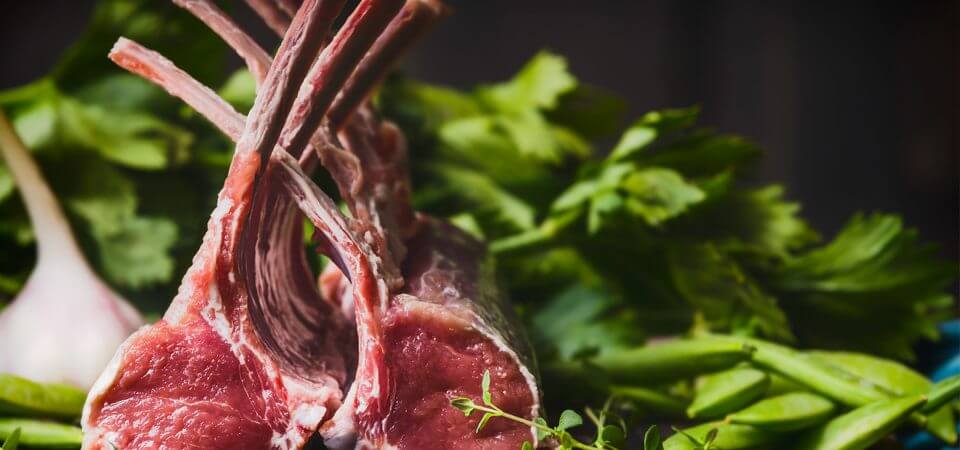Top five food specialities from the Lake District
Posted on March 26, 2018 | NewsA region rich in food heritage
The Lake District is famous for its majestic landscape, steep fells and patchwork of lakes and tarns, as well as for the picturesque limestone towns and villages. But in recent years, it’s become rightly renowned for the contribution it makes to the county’s cuisine.
The availability of top-quality local ingredients – many farmed and sourced locally – has been a factor in the proliferation of hotels and restaurants that cater for customers looking for a gourmet experience. Restaurants such as L’Enclume in Cartmel, close to Grange-over-Sands, Forest Side in Grasmere and fabulous Michelin-starred The Gilpin (and Gilpin Spice) near Windermere have made names for themselves by creating fabulous meals using Lake District specialities that attract diners from all over the world.
Much is grown and reared in the Lake District, where the seasons often dictate what’s available – and when’s the best time to eat it! It’s definitely worth visiting to discover regional favourites for yourself but why not try some of our recommendations and enjoy a taste of the Lakes at home?
Cumberland Sausage
The traditional Cumberland sausage was granted protected (PGI) status in 2011. Authentic Cumberland sausage must be produced and processed in Cumbria and have a high-percentage meat content to be worthy of the name. Cranstons of Penrith produce an award-winning recipe that takes the traditional coiled form and is richly spiced – a defining quality that is probably a result of the influx of exotic spices that were imported from the Americas via Whitehaven in the 18th century. Cumberland sausage makes a great barbecue standby.
Damsons
As their name might suggest, damsons originated from the Damascus region, although they’ve been grown in Westmorland since the early 1700s. The damson belongs to the plum family, but the fruit’s unique flavour is due to a damson-sloe cross fertilisation that flourishes in the damp Cumbrian climate. Spring in the Winster and Lyth Valleys to the east of Windermere is characterised by the profusion of white damson blossom. Held in April, Damson Day is a famous local event – definitely worth a visit. The fruit is harvested in September and is used to flavour wines, gin, pies, cheeses, jams and beer.
Salt marsh lamb
This sweet and succulent meat is in season from early summer through to autumn. Long regarded as a delicacy in France, salt marsh lamb has only recently become as prized over here in the UK. The tender texture is a result of the diet of the animals who graze on samphire and herbal grasses on the salt marshes of the Cartmel peninsula. It’s generally darker than hill-reared lamb, with less fat. A salt marsh leg of lamb makes a delicious roast – no need for exotic trimmings.

